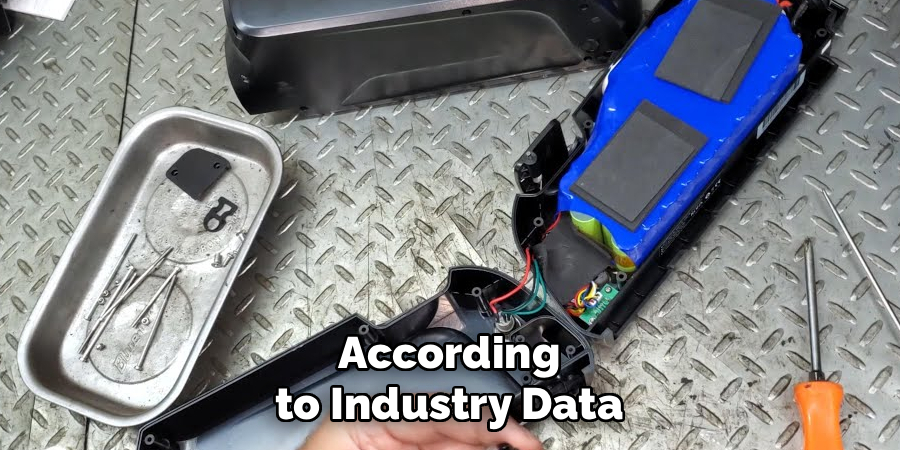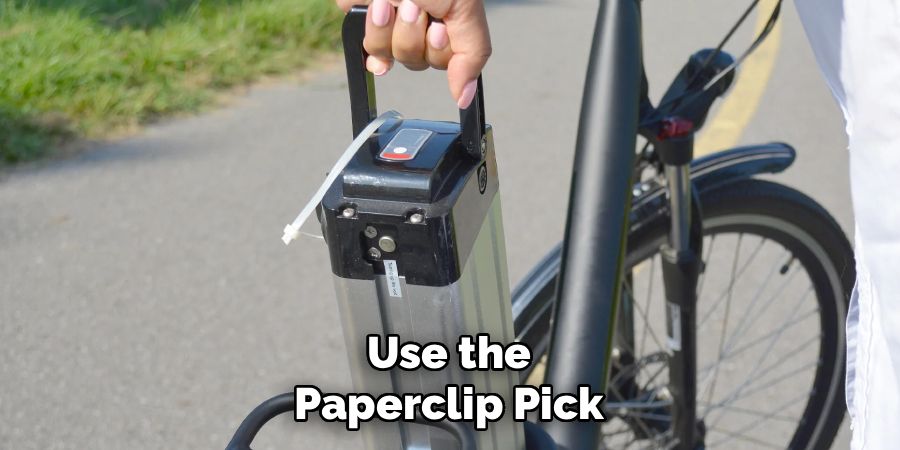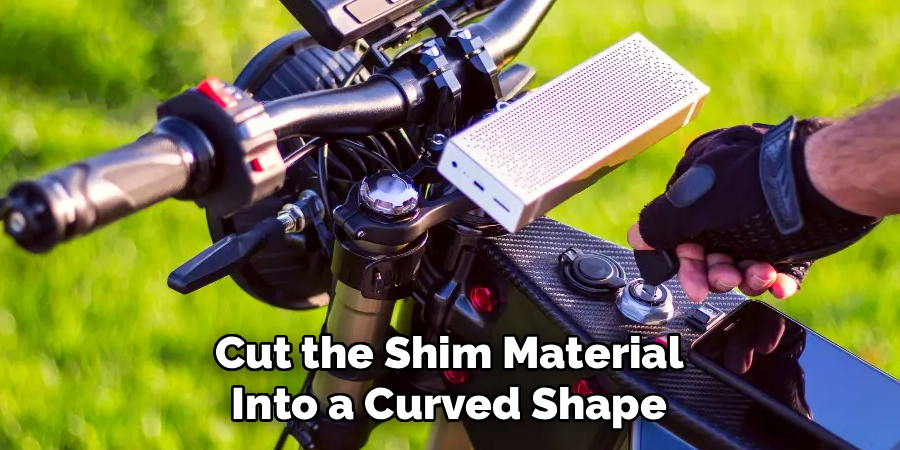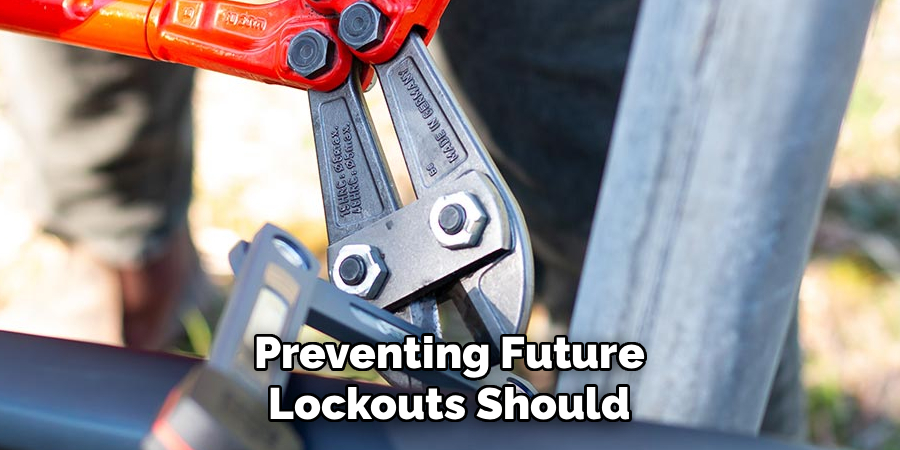Getting locked out of your e-bike battery can turn a perfect riding day into a frustrating ordeal. Whether you’ve misplaced your key, the lock mechanism has jammed, or you’re dealing with an emergency situation, knowing how to safely access your battery without the original key can be invaluable.

While these methods should only be used on your own e-bike, understanding these techniques can help you get back on the road quickly and safely.
This comprehensive guide will walk you through ten proven methods to unlock your e-bike battery without a key, ranging from simple DIY solutions to more advanced techniques. In this blog post, we’ll walk you through the steps on how to unlock ebike battery without key so that you can get back to using it in no time! So grab your tools, and let’s get started!
10 Methods How to Unlock Ebike Battery without Key
1. Use a Master Key or Universal Key Set
Many e-bike manufacturers use standardized locking mechanisms across their product lines, making master keys surprisingly effective. Generic e-bike battery keys, available at most bike shops or online retailers, can often unlock batteries from the same manufacturer or those using common locking systems.
Start by identifying your e-bike’s brand and battery model, then search for manufacturer-specific master keys. Bosch, Yamaha, and Shimano systems often have universal keys that work across multiple models.
According to industry data, approximately 30% of e-bike batteries can be unlocked using generic keys from the same manufacturer. Visit your local bike shop with photos of your battery lock—experienced technicians often maintain collections of common keys and may be able to help you find a match.

2. Apply the Bump Key Technique
Bump keys are specially cut keys designed to manipulate pin tumbler locks, and they can be effective on simpler e-bike battery locks. This method requires a bump key that roughly matches your lock’s keyway shape and a small hammer or similar tool for applying gentle taps.
Insert the bump key into the lock, leaving it slightly withdrawn (about one pin length). Apply gentle rotational pressure while lightly tapping the key with a small hammer or the handle of a screwdriver. The impact should cause the pins inside the lock to jump momentarily, potentially allowing the lock to turn.
This technique requires patience and practice—expect to attempt it multiple times before achieving success. Be gentle with your tapping to avoid damaging the lock mechanism permanently.
3. Pick the Lock with Basic Tools
Lock picking might seem intimidating, but many e-bike battery locks use simple pin tumbler mechanisms that can be manipulated with basic tools. You’ll need two tools: a tension wrench (which can be improvised from a small flathead screwdriver or bobby pin) and a pick (a paperclip or safety pin will work).
Insert the tension wrench into the bottom of the keyway and apply gentle rotational pressure in the direction the key would normally turn. Use your pick to feel for the pins inside the lock, gently lifting each pin until it sets at the correct height. You’ll feel a slight click when each pin reaches the proper position.
This method requires considerable patience and practice, but success rates improve dramatically with experience. Online tutorials and practice locks can help you develop this skill safely.
4. Try the Paperclip and Bobby Pin Method
This accessible method uses common household items to create makeshift lock-picking tools. Straighten a large paperclip to create your pick, then bend a small hook at one end. Fashion a tension wrench from a bobby pin by bending it into an L-shape—the longer end will provide leverage while the shorter end enters the lock.
Insert the bobby pin tension wrench into the bottom of the keyway and apply consistent, gentle pressure. Use the paperclip pick to manipulate the pins, starting from the back of the lock and working forward. Feel for the binding pin (the one that offers the most resistance) and lift it until it sets.

Repeat this process for each pin until the lock turns. Studies show that simple 5-pin locks, common on e-bike batteries, can be picked in under 10 minutes with proper technique and patience.
5. Use Lock Lubricant and Gentle Manipulation
Sometimes battery locks become stuck due to dirt, corrosion, or debris rather than being securely locked. Before attempting more invasive methods, try using penetrating oil or graphite lubricant to free up the mechanism. WD-40, 3-in-1 oil, or specialized lock lubricants can work wonders on sticky locks.
Spray or apply lubricant generously into the keyway and around the lock housing. Allow it to penetrate for 10-15 minutes, then try gently turning the lock cylinder with needle-nose pliers or a similar gripping tool. Sometimes a stuck lock just needs encouragement rather than force. Wiggle the mechanism while applying rotational pressure—you might be surprised how often this simple approach succeeds where more complex methods fail.
6. Apply the Drill and Extract Method
When other methods fail, carefully drilling out the lock cylinder can provide access to your battery. This method should be considered destructive and used only as a last resort, as it will require lock replacement afterward. Use a drill bit slightly smaller than the keyway diameter and work slowly to avoid damaging surrounding components.
Start by drilling into the center of the keyway, going slowly to avoid overheating the metal. Once you’ve drilled deep enough to reach the pins (usually about 1/4 inch), use a small screwdriver or awl to turn the lock cylinder. The drilling process destroys the pins that normally prevent the lock from turning without the proper key. This method has a high success rate but will necessitate purchasing a replacement lock, which typically costs $15-30 for most e-bike models.
7. Create a Shim Tool for Padlock-Style Batteries
If your e-bike battery uses a padlock-style locking mechanism, a thin metal shim can often bypass the locking pawl. Create a shim from a thin piece of metal—aluminum from a soda can, a feeler gauge, or even a sturdy credit card can work for this method.
Cut the shim material into a curved shape that matches the padlock’s shackle diameter. Insert the shim between the shackle and the lock body, working it around until it contacts the locking pawl inside the mechanism. Apply gentle pressure while pulling up on the shackle—the shim should push the pawl back, releasing the lock. This method works particularly well on cheaper padlocks and has about a 60% success rate on standard e-bike battery locks.

8. Use Heat Expansion Technique
Metal expansion from heat can sometimes free stuck lock mechanisms or create enough space to manipulate internal components. Use a hair dryer or heat gun to warm the lock housing for 2-3 minutes, being careful not to damage any plastic components or battery housing.
The heat causes metal components to expand at different rates, potentially freeing stuck pins or creating slight gaps that make lock manipulation easier. After heating, immediately try other unlocking methods while the metal is still expanded. Follow up with lock lubricant while the mechanism is warm—heated metal absorbs lubricants more readily. This method works best in combination with other techniques and can improve success rates by 15-20% when used as a preparatory step.
9. Employ the Ice and Shock Method
Rapid temperature changes can sometimes shock lock mechanisms into releasing, particularly if they’re stuck due to debris or light corrosion. Apply ice or a freeze spray to the lock for several minutes, then immediately follow with gentle tapping using a small hammer or wrench handle.
The rapid cooling causes metal components to contract and can break free debris or corrosion that’s preventing normal operation. After the ice treatment, the thermal shock from returning to normal temperature can help unstick frozen components.
This method requires patience and may need several cycles of cooling and warming to be effective. Success rates are modest (around 25%) but the method is completely non-destructive and worth attempting before more invasive techniques.
10. Seek Professional Locksmith Assistance
When DIY methods fail or if you’re uncomfortable attempting lock manipulation yourself, professional locksmiths have specialized tools and expertise that can resolve most e-bike battery lock issues. Most locksmiths can handle e-bike locks and typically charge $50-100 for this service, which often includes lock replacement if necessary.
Professional locksmiths have access to advanced tools like electric pick guns, impression equipment, and specialized extraction tools that aren’t practical for individual ownership. They can also provide valuable advice on upgrading your battery security and may offer mobile services that come to your location. Additionally, locksmith services often include warranty coverage on their work, providing peace of mind that DIY methods cannot match.
Secure Your E-bike Battery and Prevent Future Lockouts
Successfully unlocking your e-bike battery without a key is just the first step—preventing future lockouts should be your next priority. Consider upgrading to a combination lock, creating spare key copies, or investing in a GPS tracker for added security. Regular maintenance of your lock mechanism, including periodic lubrication and cleaning, can prevent many of the issues that lead to emergency unlocking situations.

Conclusion
Take action today by implementing a preventive maintenance schedule for your e-bike’s locking system. Clean and lubricate the lock monthly, store spare keys in secure but accessible locations, and consider upgrading to more reliable locking mechanisms that match your security needs and usage patterns. Thanks for reading this blog post on how to unlock ebike battery without key! We hope you found it helpful and informative.
About
Safety Fic is a distinguished figure in the world of Diy design, with a decade of expertise creating innovative and sustainable Diy solutions. His professional focus lies in merging traditional craftsmanship with modern manufacturing techniques, fostering designs that are both practical and environmentally conscious. As the author of diy, Safety Fic delves into the art and science of Safety Fic-making, inspiring artisans and industry professionals alike.
Education RMIT University
(Melbourne, Australia) Associate Degree in Design (Safety Fic) Focus on sustainable design, industry-driven projects, and practical craftsmanship. Gained hands-on experience with traditional and digital manufacturing tools, such as CAD and CNC software.
Nottingham Trent University
(United Kingdom) Bachelor’s in diyfastly.com and Product Design (Honors) Specialized in product design with a focus on blending creativity with production techniques. Participated in industry projects, working with companies like John Lewis and Vitsoe to gain real-world insights.
Publications and Impact
In diy, Safety Fic his insights on indoor design processes, materials, and strategies for efficient production. His writing bridges the gap between artisan knowledge and modern industry needs, making it a must-read for both budding designers and seasoned professionals.
